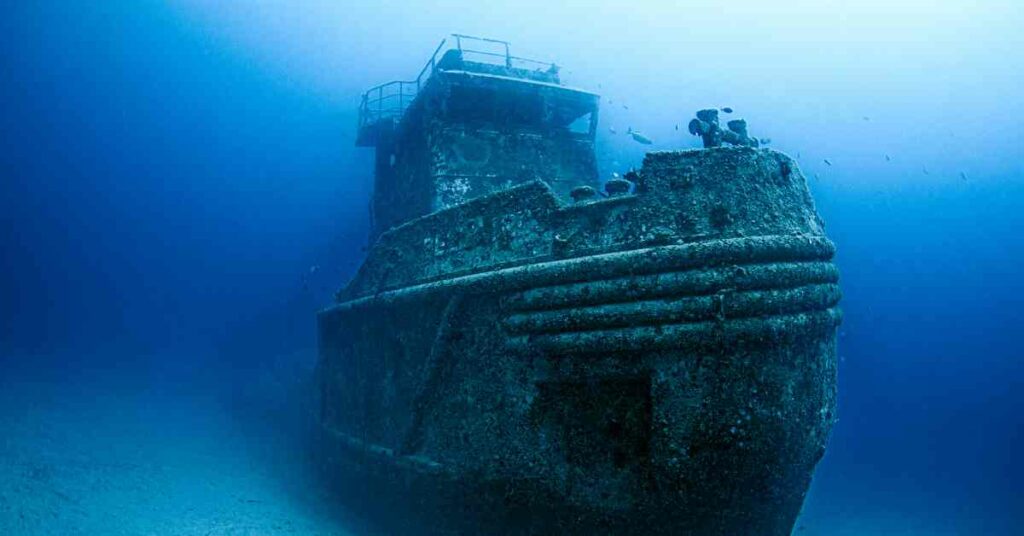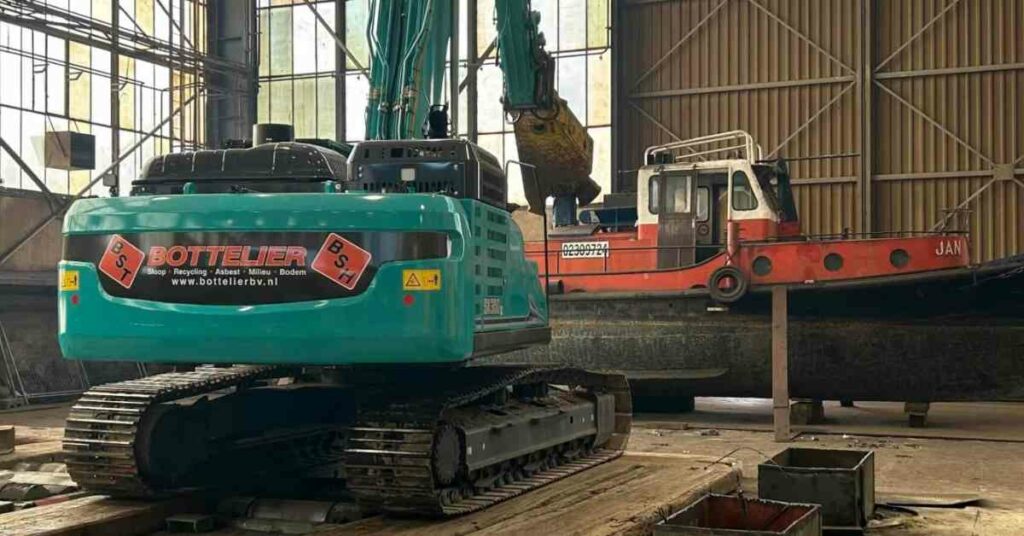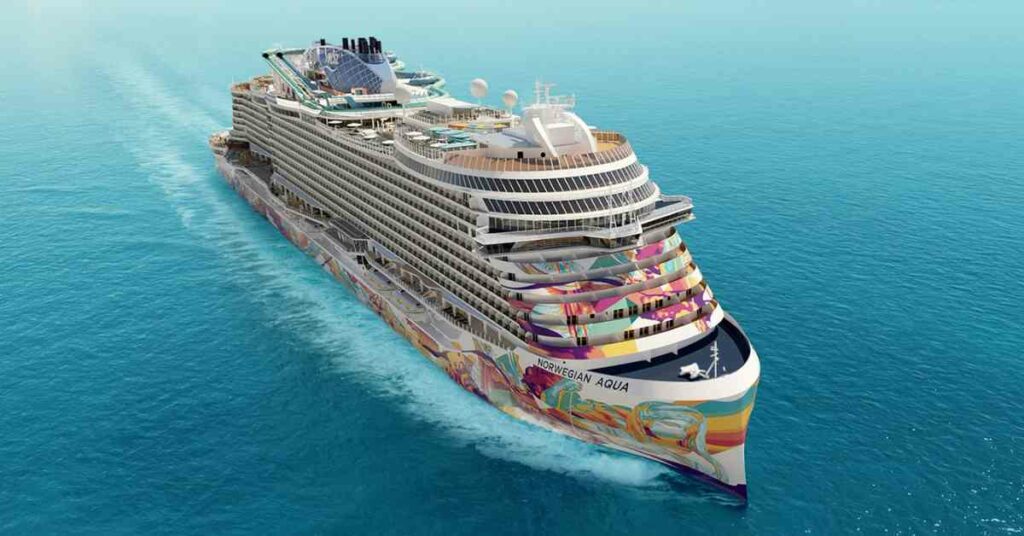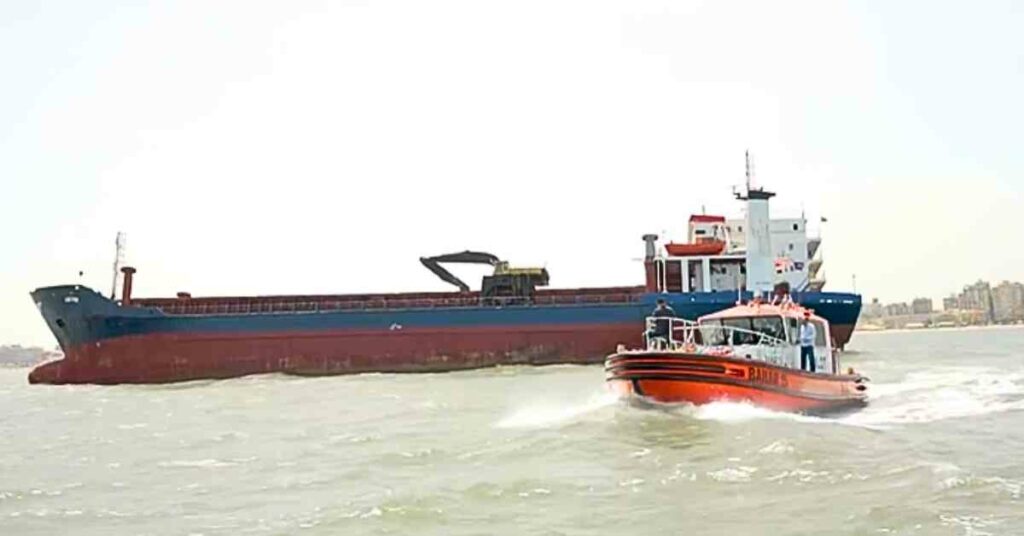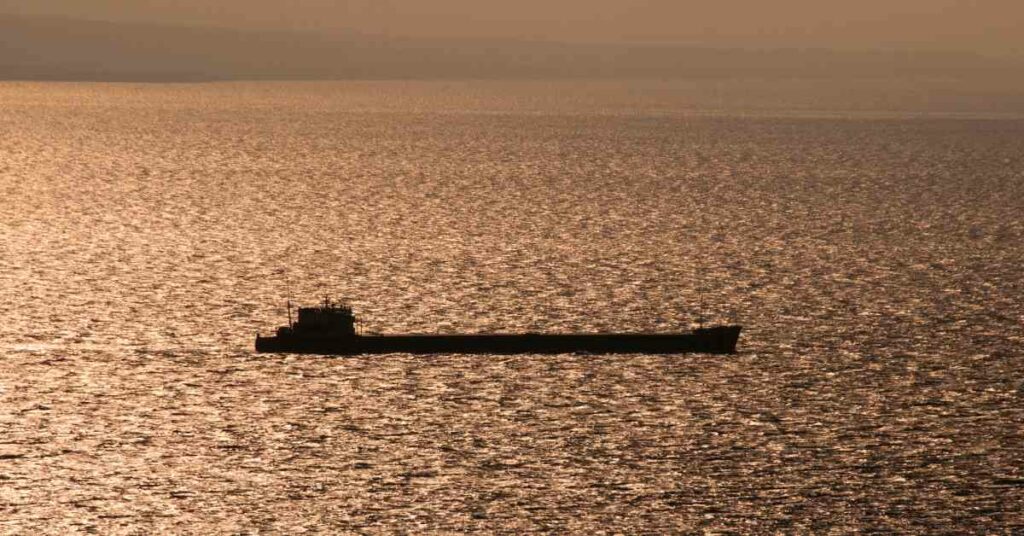World’s First Pilot Project For Active Carbon Capture With Seaweed Established
DNV, Sintef, Equinor and Lundin have signed an agreement to establish the world’s first pilot project for active, nature-based carbon capture at sea. The objective is to develop technology and methods to enable the capture of millions of tonnes of CO2 through the cultivation of seaweed.
The project centres on growing huge amounts of sugar kelp on long cables fastened to buoys floating on the sea surface. The installations are to be established in areas with excellent natural conditions for growing seaweed. Through photosynthesis, the seaweed will use the sunlight, grow and capture carbon from the atmosphere. It is exactly the same process as trees and other plants use on land.
After around six months in the sea, the seaweed has captured its maximum capacity of CO2 and is therefore ready for harvesting and subsequent processing for carbon storage (see fact box).
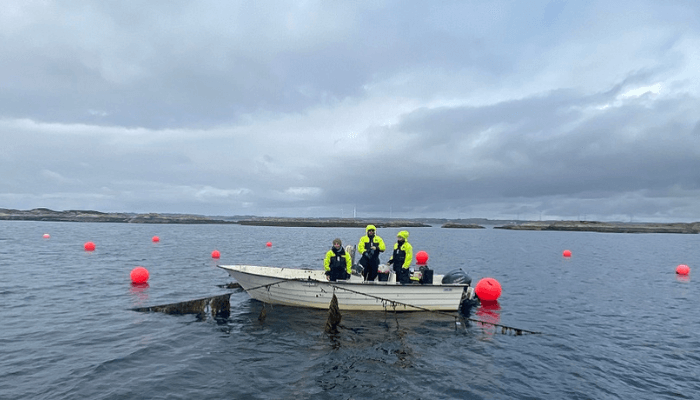
Climate goals and green jobs
Carbon capture is crucial to global efforts to reach climate targets and limit global warming in line with the Paris Agreement. The project partners expect that seaweed cultivation will make a significant contribution to the climate because it is an efficient method for capturing carbon and has great upscaling potential.
“A great deal of research is required to tackle the staggering climate challenges facing the world – not only as regards reducing carbon emissions, but also when it comes to cleaning emissions from the sea and the atmosphere. This is a concept with substantial opportunities for upscaling. In collaboration with robust partners, we’re working to come up with solutions quickly, solutions that can make a real difference in the work to combat climate change,” says Vegar Johansen, CEO of Sintef Ocean.
There are numerous locations around the world that are ideal for seaweed-based carbon capture, including Norway, with the opportunity to establish new green jobs.
“The world needs technologies that allow large-scale carbon capture. This is an area where Norway can take the technological lead and create export opportunities. Norway has excellent natural conditions, backed by the skills and experience required to develop and implement the technology. We at DNV are looking forward to making a contribution on multiple fronts,” says Remi Eriksen, Group President and CEO of DNV.
Major Norwegian collaboration on technology
The project, entitled “Seaweed Carbon Solutions”, was launched in April 2022. The pilot project will run until the end of 2024 and, if everything goes according to plan, the commercial upscaling phase should commence in 2025, with one or more major installations off the coast of Trøndelag in central Norway.
The objective is to demonstrate scalable technology with the potential to allow carbon capture on an industrial scale. The project has funding of more than NOK 30 million over three years (the pilot phase) and is being run by Sintef and DNV, with Equinor and Lundin as the principal partners. NIVA is participating as R&D partner, while UN Global Compact and Rev Ocean are involved as consultants to the project.
Fact box
Two possible applications for the seaweed are to be tested:
- Biochar. The harvested seaweed undergoes a pyrolysis process, after which it is mixed with composted seaweed and soil and then used as a soil enrichment supplement. The process produces eco-friendly and nutrient-rich fertiliser at the same time as ensuring that the carbon is stored safely and securely in the soil.
- Storage on the seabed. The harvested seaweed is sunk to the bottom of the sea in areas more than 1,000 metres deep. At such great depths, there is little mixing with the surface water, so the material remains captured in the sediment. This means that the climate gases will not be released back into the atmosphere.
The project will continue researching and developing new knowledge and technology in all parts of the value chain. This includes investigating the environmental impact of large-scale seaweed cultivation and carbon storage, which will be studied as a part of the pilot project.
Reference: DNV
Disclaimer :
The information contained in this website is for general information purposes only. While we endeavour to keep the information up to date and correct, we make no representations or warranties of any kind, express or implied, about the completeness, accuracy, reliability, suitability or availability with respect to the website or the information, products, services, or related graphics contained on the website for any purpose. Any reliance you place on such information is therefore strictly at your own risk.
In no event will we be liable for any loss or damage including without limitation, indirect or consequential loss or damage, or any loss or damage whatsoever arising from loss of data or profits arising out of, or in connection with, the use of this website.
Disclaimer :
The information contained in this website is for general information purposes only. While we endeavour to keep the information up to date and correct, we make no representations or warranties of any kind, express or implied, about the completeness, accuracy, reliability, suitability or availability with respect to the website or the information, products, services, or related graphics contained on the website for any purpose. Any reliance you place on such information is therefore strictly at your own risk.
Do you have info to share with us ? Suggest a correction
About Author
Marine Insight News Network is a premier source for up-to-date, comprehensive, and insightful coverage of the maritime industry. Dedicated to offering the latest news, trends, and analyses in shipping, marine technology, regulations, and global maritime affairs, Marine Insight News Network prides itself on delivering accurate, engaging, and relevant information.

About Author
Marine Insight News Network is a premier source for up-to-date, comprehensive, and insightful coverage of the maritime industry. Dedicated to offering the latest news, trends, and analyses in shipping, marine technology, regulations, and global maritime affairs, Marine Insight News Network prides itself on delivering accurate, engaging, and relevant information.
Latest Shipping News Articles You Would Like:
Subscribe To Our Newsletters
By subscribing, you agree to our Privacy Policy and may receive occasional deal communications; you can unsubscribe anytime.




